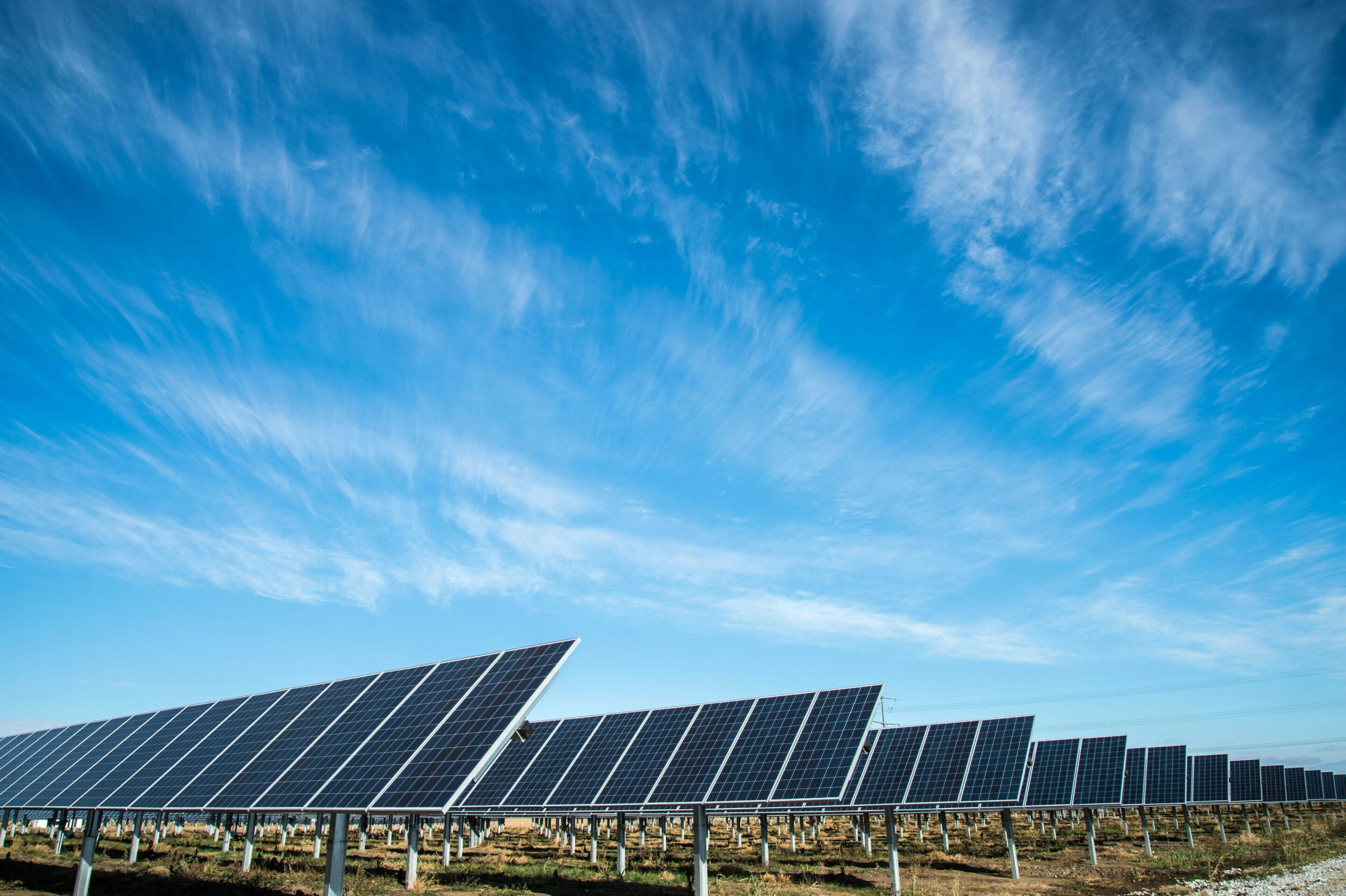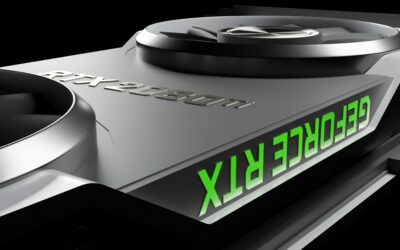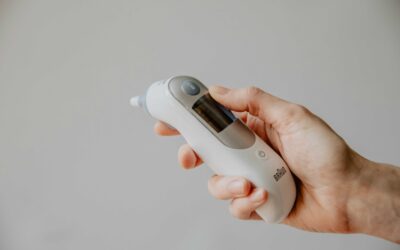1. Introduction to the Energy Chain for Solar Panel
The energy chain for solar panel describes the complete process of converting sunlight into usable electricity. This chain involves capturing solar radiation, generating electrical energy, storing surplus power, and efficiently distributing it. Understanding this sequence is crucial for maximizing efficiency, reducing costs, and promoting sustainability. Homeowners and businesses aiming for energy independence must consider factors such as initial investment, system efficiency, and environmental benefits.
According to a 2023 report by the International Energy Agency (IEA), solar power adoption has surged by 22% globally due to advancements in panel efficiency and storage solutions.
2. Energy Chain for Solar Panel: Harnessing Sunlight Efficiently
The process begins with photovoltaic (PV) panels absorbing sunlight. These panels, primarily made of silicon-based cells, convert light into electrical energy through the photovoltaic effect. The efficiency of energy capture depends on several factors:
- Panel Efficiency: Higher efficiency results in greater electricity production per unit area.
- Sunlight Intensity: Energy output varies with weather conditions and time of day.
- Panel Orientation & Tilt Angle: Proper positioning enhances absorption.
- Shading & Dirt: Shadows and dust accumulation significantly reduce power generation.
A study conducted in Germany found that adjusting panel tilt angles seasonally can improve energy yield by up to 15%.
3. The Photovoltaic Effect: Kickstarting the Solar Panel Energy Chain
When sunlight hits solar cells, electrons in the semiconductor material become excited, producing direct current (DC) electricity. Factors influencing this process include:
- Temperature Sensitivity: Excessive heat can lower panel efficiency.
- Material Quality: Monocrystalline panels offer higher efficiency but cost more than polycrystalline alternatives.
- Conductive Wiring: High-quality materials minimize energy loss during transmission.
Watch an animation on how the photovoltaic effect generates electricity in solar panels. https://www.youtube.com/watch
4. Power Conditioning: A Critical Link in the Energy Chain for Solar Panels
Most electrical appliances use alternating current (AC), making inverters essential for solar energy systems. These devices convert DC electricity into AC while optimizing voltage through Maximum Power Point Tracking (MPPT). Key components include:
- String Inverters: Cost-effective for uniform setups.
- Microinverters: Optimize energy conversion per panel, improving efficiency in shaded environments.
- Surge Protection Devices: Safeguard the system from voltage spikes.
Using microinverters in partially shaded conditions can increase system efficiency by 10-20% compared to string inverters.
5. Energy Storage: Battery Integration for Consistent Power Supply
Batteries store excess electricity for use during non-sunny hours. The choice of battery technology influences cost, efficiency, and reliability:
- Lithium-Ion Batteries (LiFePO4): High energy density, long lifespan, and safety.
- Lead-Acid Batteries: Lower initial cost but shorter lifespan.
- Battery Management System (BMS): Regulates charge cycles to enhance longevity.
According to BloombergNEF, lithium-ion battery prices have dropped by 80% since 2010, making solar storage more affordable.
6. Grid Connection: Sharing and Exporting Power
Grid-tied solar systems allow excess energy to be fed back into the utility grid, earning credits through net metering. Essential components include:
- Smart Meters: Track energy production and consumption.
- Bi-Directional Inverters: Enable seamless energy transfer.
- Grid Policies: Regulations vary, affecting system viability and financial returns.
Grid-tied systems export surplus energy via net metering. Policies vary by region—check the EPA’s Guide to Net Metering for U.S. regulations.
7. Energy Utilization: Smart Load Management
To maximize efficiency, energy must be used strategically:
- Direct Consumption: Powering appliances as electricity is generated.
- Battery Discharge: Utilizing stored power when solar production is low.
- Grid Export: Sending surplus energy to the grid for credits or revenue.
- Smart Load Scheduling: Running high-energy appliances during peak solar hours.
Smart devices schedule high-energy tasks during peak solar hours. A Stanford study shows this can cut grid reliance by 30%.
8. Monitoring and System Optimization
Continuous monitoring ensures long-term efficiency. Technologies aiding optimization include:
- IoT-Based Monitoring Systems: Provide real-time performance data.
- AI and Machine Learning: Predict energy demand and adjust energy flows like those discussed in our article AI Integration with Solar Energy.
- Automated Fault Detection: Identifies inefficiencies and malfunctions.
AI-driven monitoring tools can improve solar energy output by up to 12% by detecting inefficiencies early.
9. Environmental and Economic Impact
Environmental Benefits:
- Reduces Carbon Emissions: Solar energy is clean and sustainable.
- Minimizes Fossil Fuel Dependency: Decreases reliance on non-renewable sources.
- Promotes Sustainability: Encourages eco-friendly power solutions.
Economic Benefits:
- Lower Electricity Bills: Reduces long-term energy costs.
- Government Incentives: Many regions offer tax credits and subsidies.
- High Return on Investment (ROI): Savings over time offset initial costs.
Innovations like AI-optimized energy chains, as highlighted in AI Integration with Solar Energy, are improving manufacturing efficiency and reducing waste.
10.FAQs: Answering Key Questions
Q: How does temperature affect solar panel efficiency?
A: High temperatures can reduce panel efficiency, causing a slight drop in electricity production. Proper ventilation helps mitigate this effect.
Q: What happens to solar panels at the end of their lifespan?
A: Solar panels can be recycled, with materials like silicon and glass being repurposed.
Q: Can solar energy be used for heating applications directly?
A: Yes, solar thermal systems use sunlight to heat water and spaces without requiring electricity conversion.
Q: What are the differences between microinverters and string inverters?
A: Microinverters optimize each panel individually, improving efficiency, especially in shaded areas. String inverters are more cost-effective for uniform setups.
Q: How does weather forecasting help optimize solar energy use?
A: Weather predictions assist in adjusting energy storage and usage strategies for improved efficiency.
Conclusion
Understanding the energy chain for solar panels is essential for making informed decisions about solar power adoption. From capturing sunlight to optimizing energy use, each stage plays a critical role in enhancing efficiency, reducing costs, and promoting sustainability. As technology advances, solar energy systems will continue to evolve, offering even greater benefits for both individuals and businesses.






